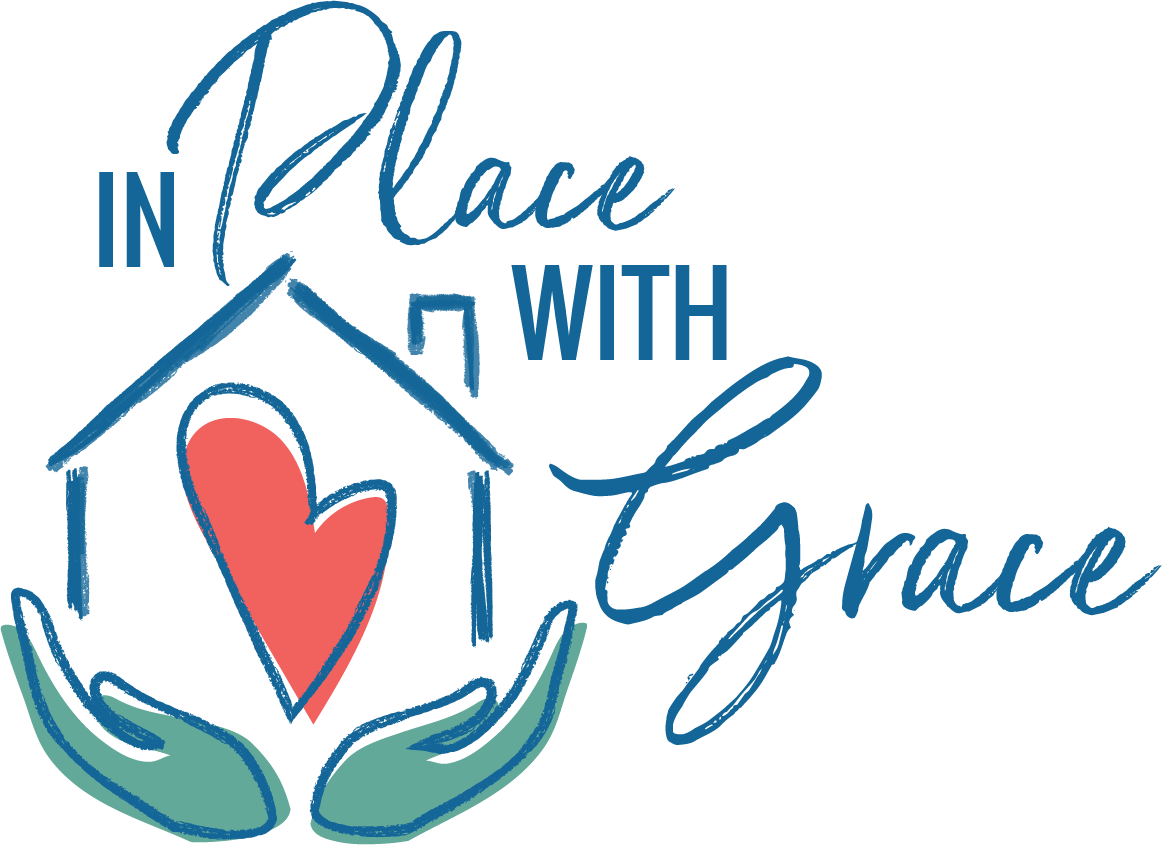Aging can have a bad reputation. But, there is no reason that growing older can’t be a journey full of adventure and opportunities. It can be a chance to live life to the fullest. All you need is proper guidance, proactive steps, and a positive attitude.
And there is proof. Research suggests that improvements in physical function are possible well into older adulthood. It also supports that staying active as you age helps fight cognitive decline. Regular physical activity can benefit your physical, mental, and social health. It can help prevent or improve many chronic conditions, such as heart disease, diabetes, obesity, depression, and some cancers. You can also prevent falling by doing physical activities you enjoy and working with a physical therapist to improve your balance, muscle strength, and endurance.
The following tips can keep you active and independent as you age:
- Stay fit. Whether you participate in regular exercise or just want to stay fit for daily activities, exercise is necessary. Exercise is proven to help improve balance, strengthen bones, and prevent heart and brain conditions. A prescribed strength training and aerobic exercise program will help you keep and strengthen critical muscle groups needed for your life.
- Stay balanced. Maintaining balance and avoiding falls are vital to maintaining a quality of life and living independently. A physical therapist can prescribe a custom program of static and dynamic balance activities and exercises to improve your balance and prevent dangerous falls.
- Assess the terrain. A physical therapist can make recommendations to make your home and other environments safe by removing dangerous barriers. Often this means removing throw rugs, loose carpets, clutter, and modifying entry thresholds with ramps.
- Stay engaged. Successful aging is not only impacted by one’s environment, but also how one interacts with their environment. Fear and social isolation are major factors that increase fall risk and jeopardize independence. To ensure active and successful aging, continue to engage with friends, family, and the community. Social experiences with friends and family help diminish fear and improve physical and mental abilities.
Physical therapists are movement experts who improve quality of life through hands-on care, patient education, and prescribed movement. They can lend expert advice on simple changes that can be made in your home to improve function and independence. You can contact a physical therapist directly for an evaluation or ask your doctor for a referral. To find a physical therapist in your area, visit Find a PT.
References
Stephens C, Breheny M, Mansvelt J. Healthy aging from the perspective of older people: a capability approach to resilience. Psychol Health. 2015;30(6):715–731. Article Summary in PubMed.
Avin KG, Hanke TA, Kirk-Sanchez N, et al. Management of falls in community-dwelling older adults: clinical guidance statement from the Academy of Geriatric Physical Therapy of the American Physical Therapy Association. Phys Ther. 2015;95(6):815–834. Article Summary in PubMed.
Young WR, Mark Williams A. How fear of falling can increase fall-risk in older adults: Applying psychological theory to practical observations. Gait Posture. 2015;41(1):7–12. Article Summary in PubMed.
Holt-Lunstad J, Smith TB, Layton JB. Social relationships and mortality risk: a meta-analytic review. PLOS Med. 2010;7(7):e1000316. Free Article.
Sherrington C, Whitney JC, Lord SR, Herbert RD, Cumming RG, Close JC. Effective exercise for the prevention of falls: a systematic review and meta-analysis. J Am Geriatr Soc. 2008;56(12):2234–2243. Article Summary in PubMed.
Moreland J, Richardson J, Chan DH, et al. Evidence-based guidelines for the secondary prevention of falls in older adults. Gerontology. 2003;49(2):93–116. Article Summary in PubMed.
House JS, Landis KR, Umberson D. Social relationships and health. Science. 1988;241(4865):540–545. Article Summary in PubMed.
This article is being shared from the American Physical Therapy Association website and the ChoosePT.com/toolkit. Minor edits were made to original article Authored by Joseph V Libera, PT, DPT, MBA, MPH, GCS
